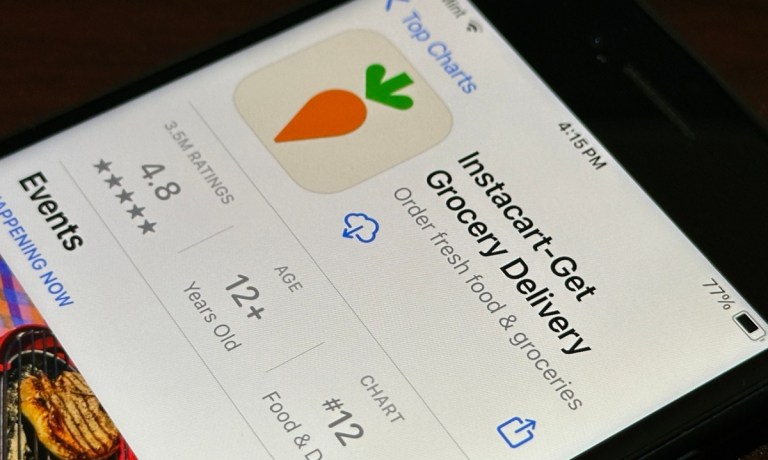This integration aims to attract new users and boost order frequency, the company said as it released its earnings report. In addition, Instacart is broadening its retail collaborations with new partners such as Sally Beauty and The Home Depot, while also upgrading its Storefront technology to drive growth for these retailers.
In her second-quarter letter to shareholders, CEO Fidji Simo noted Instacart is investing in an “ambitious portfolio of longer-term bets that are starting to show promise and have the ability to unlock new growth opportunities. We already offer the best grocery selection, and now we’ve added hundreds of thousands of restaurants to Instacart through our partnership with Uber Eats. This means customers can get groceries for the week and dinner for the night all from our app.”
Early data, Simo added in the letter, “affirms our belief that restaurants can be incremental to grocery by attracting new customers to our ecosystem and increasing order frequency for existing ones, especially Instacart+ members. We’re also seeing higher average basket sizes for restaurant orders than those on other platforms. Longer term, we believe we can create a flywheel effect where restaurants help grow our grocery orders too.”
To enhance customer convenience, Instacart introduced a $0 delivery option through its new SuperSaver delivery windows, catering to cost-sensitive consumers. The company is also refining its Instacart Business initiative to better serve companies with larger and more frequent orders.
Instacart — which saw its gross transaction volume (GTV) rise 10%, to $8.2 billion in the second quarter — launched eCommerce storefronts for more than 30 new retailers, including regional favorites like Bi-Rite, Coborn’s, and Woodman’s. Additionally, Instacart expanded service offerings with major partners, including EBT SNAP support to four additional large retailers, implementing nationwide pickup and virtual convenience delivery for Albertsons’ largest banners, and extending FoodStorm ordering kiosks pilot to more Sprouts Farmers Market locations.
Advertisement: Scroll to Continue
Technological innovation remains a priority for Instacart, with a focus on its artificial intelligence (AI)-powered Caper Carts. These smart carts, which are being piloted in both the U.S. and Austria, feature digital screens designed to streamline the checkout process and improve the overall shopping experience. Instacart plans to scale this technology to further elevate customer convenience.
In response to growing consumer concerns about grocery costs, Instacart is implementing several affordability measures. These include integrating digital flyers into its app to offer in-store savings and optimizing retailer pricing strategies to provide better deals. The company is also developing more affordable delivery options to encourage broader adoption of grocery delivery services.
On the advertising front, Instacart broadened its capabilities by introducing new ad formats such as Recipes, Occasions, and Bundles, which aim to enhance brand visibility and consumer engagement. The company is also expanding its retail media offerings across platforms like YouTube and Meta, offering a comprehensive advertising solution for consumer-packaged goods (CPG) brands.
Instacart’s growth in its business customer base is marked by new partnerships with HVN Travel Group, PetSmart and Industrious, alongside features tailored to business clients.
“Overall, our business is performing well, and we’re making good progress on new growth initiatives that will set us up as an ever more critical partner to retailers and advertisers,” Simo added in the letter.




